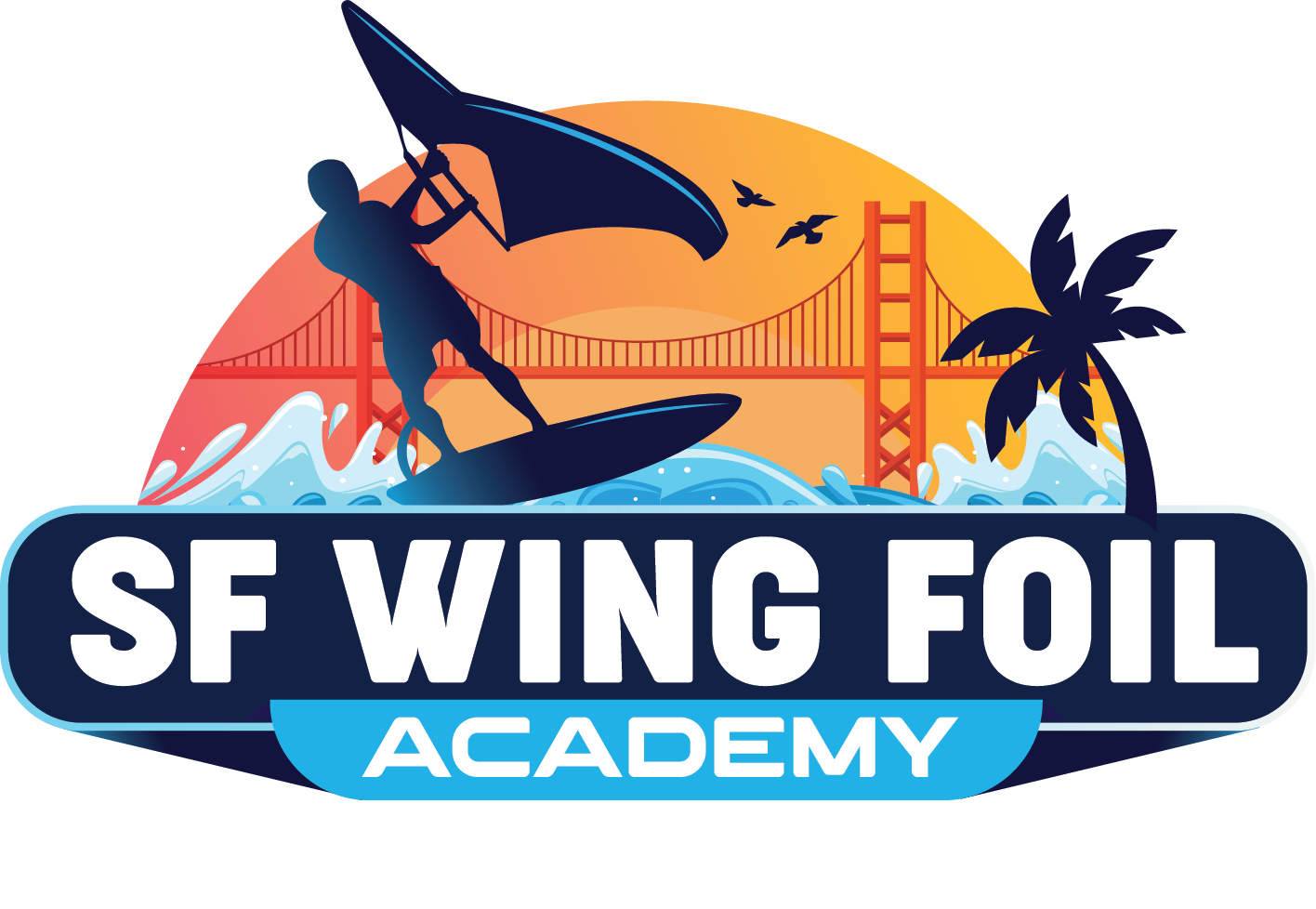In the rapidly evolving world of water sports, wingfoiling has emerged as one of the fastest-growing disciplines, with racing at its competitive forefront. The sport’s trajectory from its recreational origins to high-performance racing has been nothing short of remarkable, driven by revolutionary gear developments and an increasingly professional competition circuit.
Racing Transforms Recreational Sport
What began as an alternative to windsurfing and kiteboarding has evolved into a highly technical racing discipline. The racing scene has played a pivotal role in pushing the boundaries of equipment design and riding technique. Events like the US Open series have become proving grounds for both athletes and manufacturers, leading to rapid advancement in wing and board technology.
The competitive format has evolved to showcase both course racing and long-distance events, with riders demonstrating unprecedented speeds and tactical abilities. These races have become laboratories for innovation, where the demands of competition drive the development of increasingly sophisticated equipment.
Technical Evolution: The Gear Revolution
At the heart of wingfoiling’s racing evolution lies the continuous advancement in gear technology. The introduction of the Ozone Fusion wing marks a significant milestone in this journey. This wing represents a departure from traditional designs, featuring an innovative structure that maximizes efficiency while maintaining stability at high speeds.
The Fusion’s design incorporates several groundbreaking features: a refined canopy profile that generates superior lift-to-drag ratios, reinforced wing tips that minimize flutter during high-speed runs, and an optimized aspect ratio that balances power with control. These innovations have contributed to notable performance improvements, with racers reporting speed increases of up to 15% in optimal conditions.
Board Design: The Other Half of the Equation
While wings have seen remarkable development, board design has undergone equally significant evolution. Modern race boards feature increasingly sophisticated hydrofoil integration systems, allowing for quick foil changes to match varying wind and water conditions. Carbon fiber construction techniques have advanced to create boards that are not only lighter but also more responsive and durable.
The interaction between board and hydrofoil design has become a crucial focus area. New hydrofoil profiles offer reduced drag while maintaining lift, enabling riders to maintain higher average speeds across a range of conditions. This has led to the development of specialized race setups that can handle both the intense demands of course racing and the sustained performance requirements of long-distance events.
Looking Ahead: The Future of Wing Racing
The sport shows no signs of slowing down in its technical evolution. Manufacturers are already exploring the potential of computational fluid dynamics to optimize wing designs further, while new materials and construction techniques continue to push the boundaries of what’s possible in board and foil design.
The racing scene’s growth has also led to increased professionalization, with dedicated training programs and specialized coaching emerging to support competitive riders. This infrastructure development suggests that wingfoiling racing is positioned to become a major force in water sports competition.
Impact on Recreational Riding
Perhaps most significantly, the innovations driven by racing have begun to influence recreational wingfoiling equipment. Technologies and design features initially developed for racing are being adapted for everyday riders, making the sport more accessible and enjoyable for enthusiasts of all levels.
The evolution of wingfoiling technology and racing continues to demonstrate the sport’s potential. As competition formats mature and equipment technology advances, wingfoiling is poised to reach new heights in both performance and popularity. The symbiotic relationship between racing development and recreational riding ensures that these advancements will benefit the entire wingfoiling community, from weekend warriors to professional competitors.


